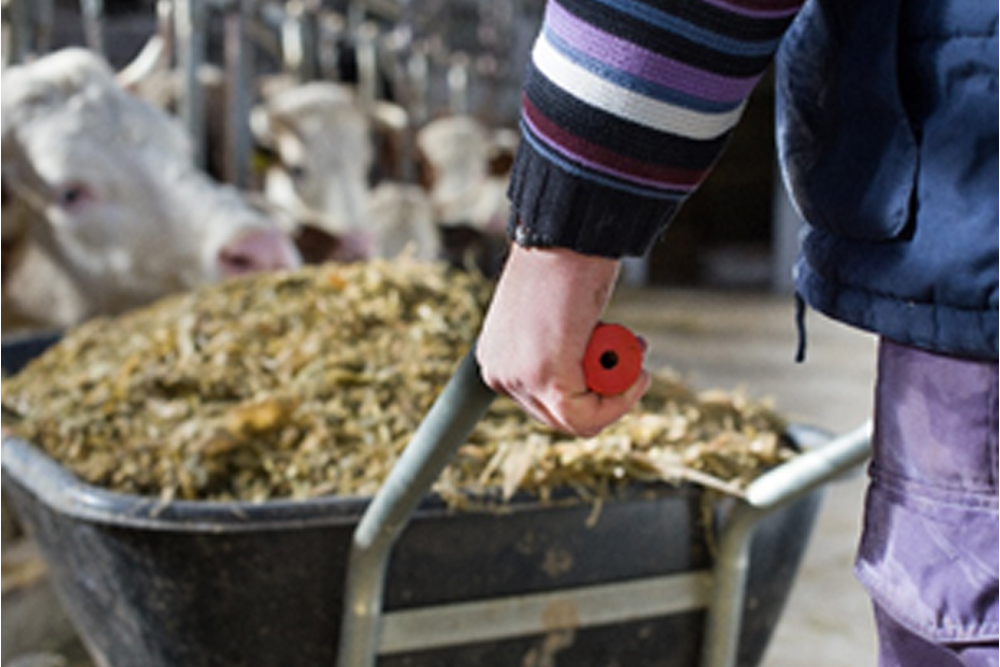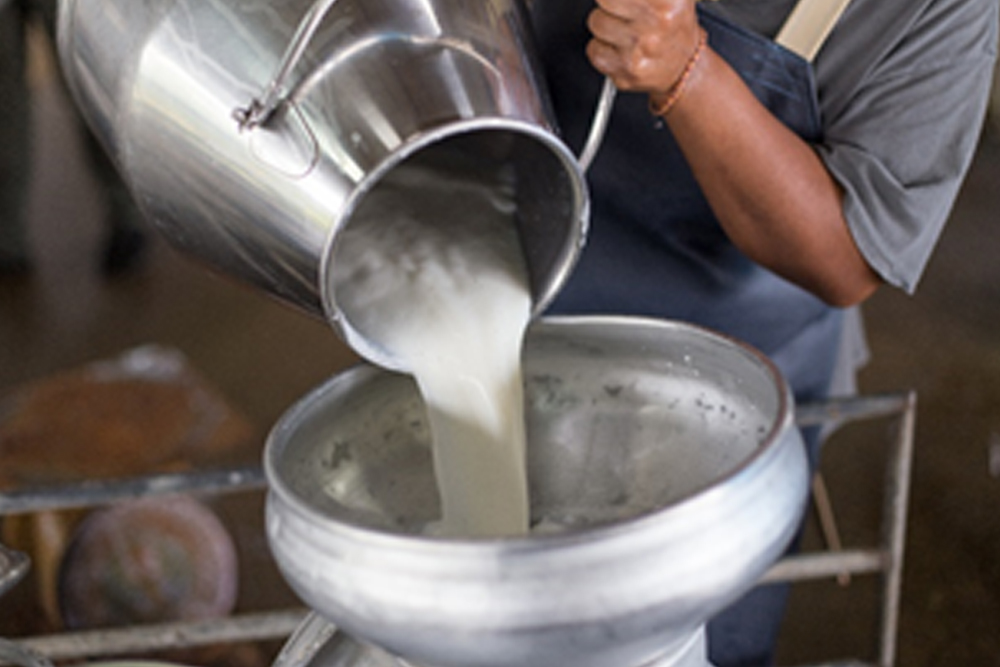Nutrition Management - The Key Factor For Getting Maximum Milk From Your Herd
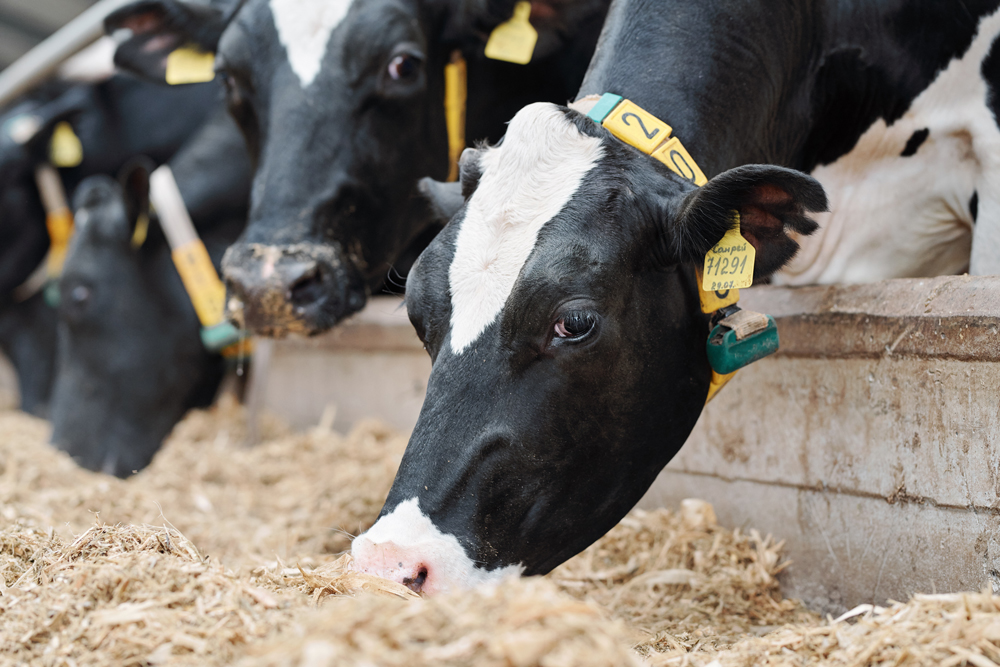
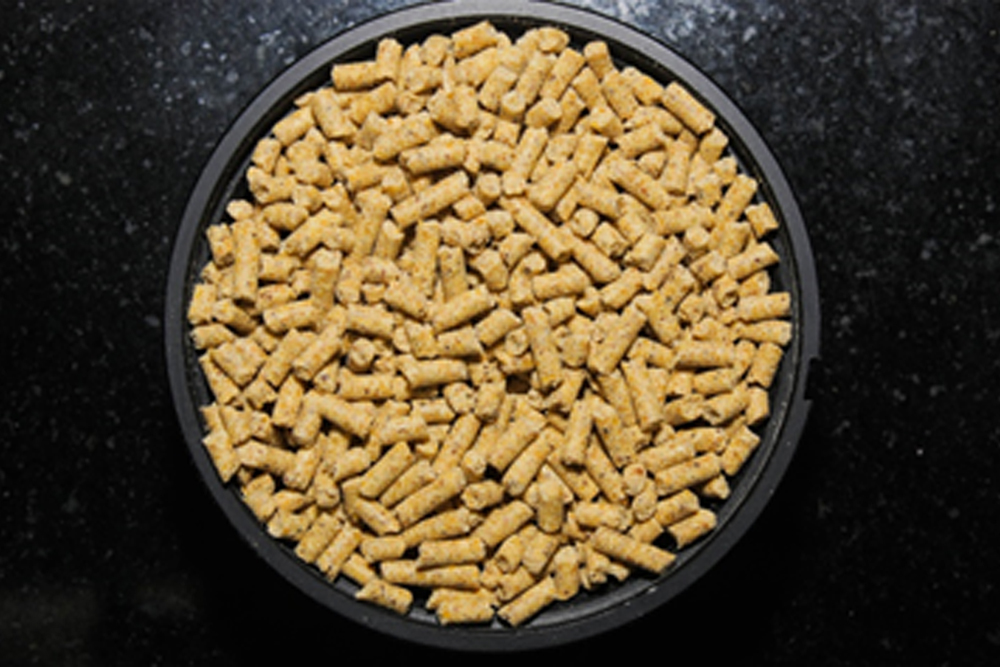
The main feeding objective for lactating cattle is to support milk production and body condition score. Feeding at early lactation stage after calving is very important. During the first two months of lactation, proper feeding of animals plays a major role on their milk production and breeding cycle in upcoming days.
Feeding plan should be designed according to the availability of feed ingredients and requirements of different categories of dairy animal such as growing, pregnant and lactating.
It is slightly easier to meet the requirements of buffalo during the peak lactation as compared to high yielding cows especially for crossbred cows as buffaloes have a more flat curve compared to cows and cows show sudden peak in production after parturition, then milk yield declines fast compared to the buffaloes.
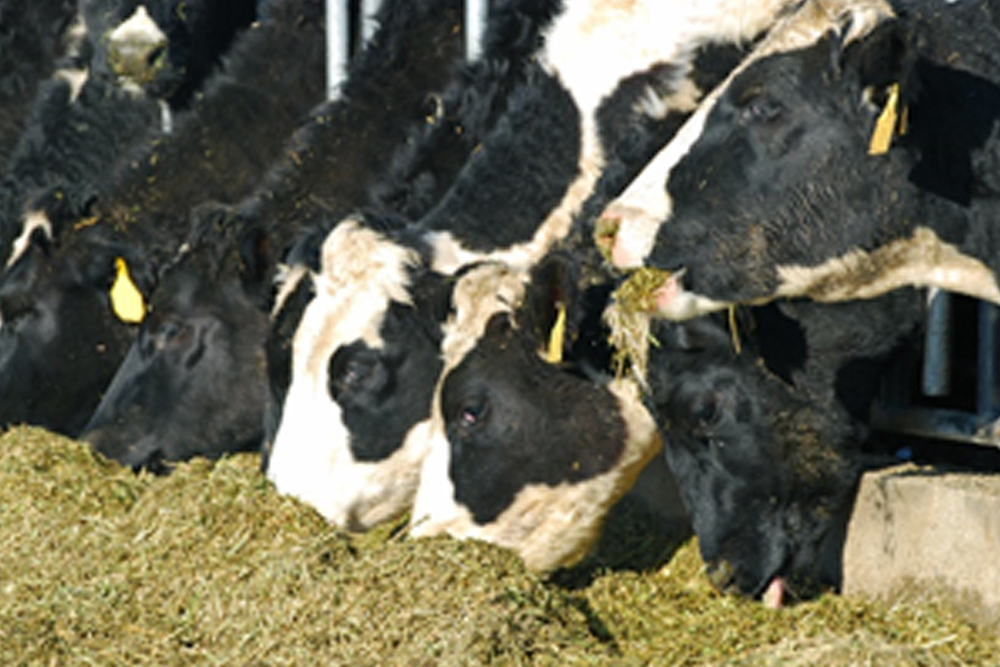
Good quality fodder as much as she can take and concentrate feed (Wanda) as per requirement (1kg for every 3 liters of milk) for milk production, maintenance and growth during the first two months after parturition, the total lactation yield will be much higher and will have less breeding problems as compared to those who received poor quality of fodder and concentrate feed (Wanda) in the initial stage of lactation.
